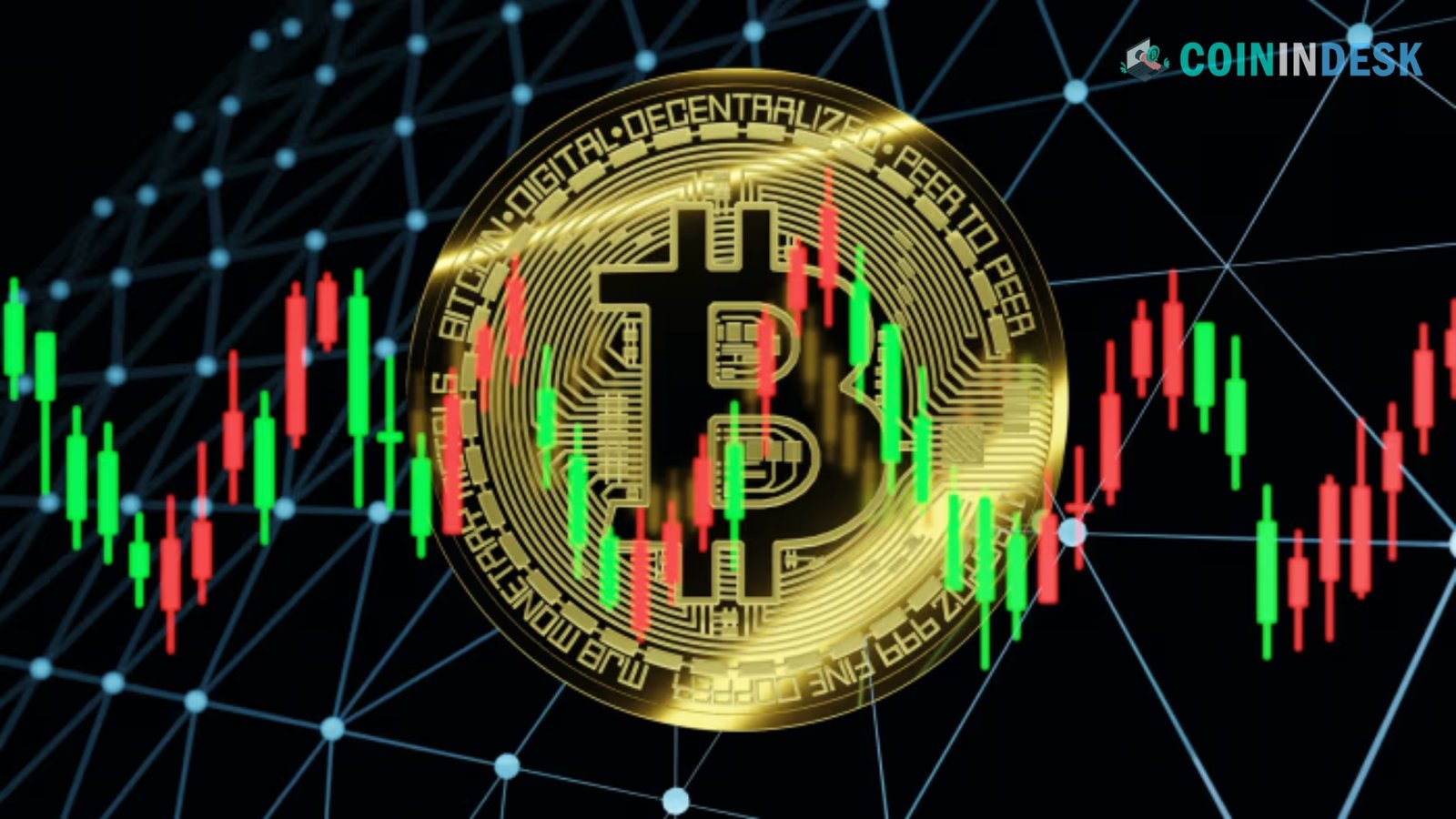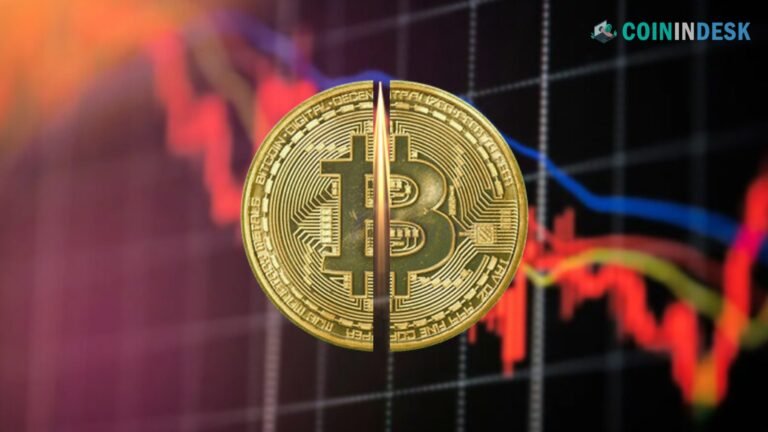Bitcoin Transactions Rule the Blockchain. Bitcoin transactions are once again the most popular on the blockchain, returning to their April dominance. This result is drawn from a figure provided on Dune that illustrates the daily percentages of various sorts of Bitcoin blockchain transactions.
Non-BTC Transactions
The most recent protocol change for Bitcoin occurred a few years ago, and since then, the blockchain has been able to record transactions that do not include BTC. The chart posted by user Cryptokoryo on Dune divides Bitcoin, ordinals, and BRC-20 and runs into four groups. Bitcoin transactions are the most basic kind of transaction, including transferring Bitcoin from one address to another.
In contrast to the BRC-20 tokens, which are tradable on the Bitcoin network, the Ordinals are a sort of NFT on the blockchain. As of the halving, the new protocol known as Rune will supersede Ordinals and BRC-20. The graph accurately depicts the daily percentages of the transaction types recorded on the Bitcoin blockchain.
There were no Rune transactions before the April 20 halving; however, following the implementation of this protocol, the daily volume of Ordinals and BRC-20 transactions dropped precipitously, rendering them essentially insignificant. Before the halving, all non-BTC transactions were a combination of Ordinals and BRC-20, but following the halving, Rune transactions predominated.
Bitcoin Blockchain: The Boom of Non-BTC Transactions Post Halving
By the start of 2024, more than 20% of daily non-BTC transactions occurred on the Bitcoin network. This ratio momentarily surged beyond 70% and peaked at 75% following the US exchanges’ introduction of spot Bitcoin ETFs before settling down to around 30% a few days later.
Bitcoin Transactions Rule the Blockchain: There were only minor fluctuations during February and March; however, non-BTC transactions spiked again following the April 20th halving and the launch of the Rune protocol. They were back up over 70% for a few days, reaching 80% daily at their height.
A new rise began at the end of May, following a return to normalcy a few weeks after the halving, but these high percentages have never been recorded for more than four consecutive days. Specifically, between May 22 and June 15, they gradually rose from around 20% to over 60%. Rune transactions are nearly entirely responsible for this increase. However,t things appear to be returning to normal after June 16; the proportion of Bitcoin blockchain transactions that do not involve Bitcoin has dropped below 10% even today. Remember that these changes are primarily attributable to large swings in transactions that do not include Bitcoin and not too large swings in the volume of Bitcoin transactions per se.
The Fees on the Bitcoin Blockchain After the Halving
A spike typically follows a rise in fees in non-BTC transactions due to this most recent dynamic. Fees were back to normal by the beginning of May, with the exception of the unusual surge on the day of the halving when the average charge per transaction was 128 dollars, caused by June’s debut. They fell below $2 as recently as the middle of the month.
Their recent uptrend began at the end of May and continued until June 7th, when they surpassed $87.Another factor contributing to this increase is the recent mini-boom in Rune transfers. They were below $7 as early as June 9 and have been below $4 for the past three days.
The average value per transaction is now above $65,000; thus, the average fee data doesn’t tell us much. Since the median amount of each transaction is under $200, it is more prudent to utilize that figure as a benchmark rather than the average.
Before plunging below $1, the median transaction fee on the halving day had soared over $90. Within the past two days, it dropped below $2, whereas the second peak in June peaked at approximately $6. Compared to other blockchains, particularly Ethereum’s layer-2, these figures are substantially more significant; nevertheless, even on Bitcoin’s primary layer-2, the Lightning Network, they are far lower.
The Return to Normality
From this vantage point, the number of transactions that do not involve Bitcoin surges during brief mini-bubbles that follow periods of relative stability. This type of surge usually only lasts a few days, but the one that occurred slowly in late May and early June continued for several weeks.
However, once these mini bubbles are depleted, everything returns to normal. Normalcy means that the percentage of non-BTC transactions per day is around 20% and that median costs are below $2. Additional mini-bubbles of this type are likely, so it’s best to execute Bitcoin transactions at regular intervals rather than during peaks of non-BTC transactions.


